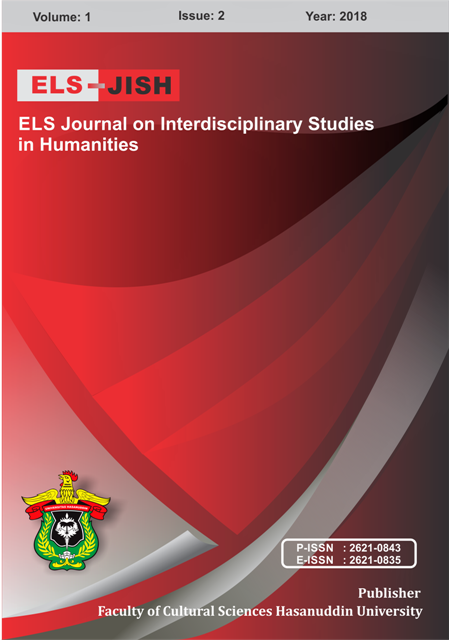Late Prehistoric Burial System in South Sulawesi
DOI:
https://doi.org/10.34050/els-jish.v1i2.4371Keywords:
Erong, Toraja, Grave, Beliefs, Ancestral spirits.Abstract
This paper describes the forms of prehistoric burials in South Sulawesi. The results of this study indicate that there are different forms of burial has been known since the Neolithic period to ethnography period. The burial forms such as direct burial without the use of container, burial directly or indirectly by using containers. The container to be used such as a rock (stone coffin, gravel pit, stone carving), wood (erong, duni, allung, passilliran), ceramics (balubu, bowl, jar), or simply wrapped with a cloth or mat. Grave orientation is generally east-west or toward the sacred mountain, in accordance with their beliefs. The burial of corpses is accompanied by a burial tomb various provisions, such as ceramics, objects of metal (gold, copper and bronze), beads and bracelets. The patterned pre-Islamic burial system is still life in certain communities, for example various forms tomb in Tana Toraja and even in the early Islamic period.






